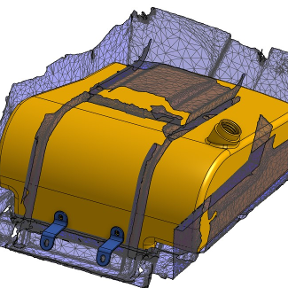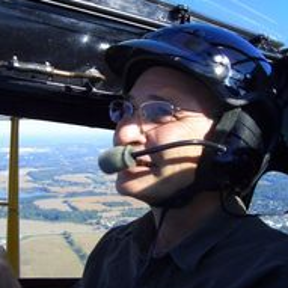Welcome to the Onshape forum! Ask questions and join in the discussions about everything Onshape.
First time visiting? Here are some places to start:- Looking for a certain topic? Check out the categories filter or use Search (upper right).
- Need support? Ask a question to our Community Support category.
- Please submit support tickets for bugs but you can request improvements in the Product Feedback category.
- Be respectful, on topic and if you see a problem, Flag it.
If you would like to contact our Community Manager personally, feel free to send a private message or an email.
Best Of
Re: how to make a gear
Use this custom feature: https://cad.onshape.com/documents/5742c8cde4b06c68b362d748/w/b493e0cb681bbf9497d9f4b3/e/c72760543a0d4412e72f6d38
 _anton
_anton
Re: Joining 2 tubes of different diameter
Here are a couple optons.
Re: 3D Connexion SpaceMouse - Not working
Not sure why, but every so often I need to restart the 3dxNLServer to get mine working with Onshape again. To do that I
- hit "command+space" to bring up the spotlight search on my Mac.
- Type "3dx" which autocompletes to 3dxNLServer
- Hit "return" to restart it
- In Onshape I use "shift+r" to hard refresh the page.
Kind of annoying, but It also goes really quick.
If that fails a full computer restart seems to help.
Re: I absolutely love Onshape!
Interesting opposing opinion to the I can't take it anymore thread. LOL
Similar story here. What Architectural cad do you or have you used? and which one(s) are crashing?
 MDesign
MDesign
Re: I absolutely love Onshape!
I would say that you're correct and cabinets can just be done with some simple sketches. We've been using 2D for almost 30 years. But we switched to Onshape for a number of reasons, I can highlight a few here.
- 3D, while not necessary for cabinets, is still helpful when dealing with mass customization. Our product is engineered to order and we work with some of the top design firms in the country. Being able to show them their design in 3D is helpful in building out that design. It's also helpful for the manufacturing floor, giving them more ways to see details they potentially never worked on before.
- FS helps make 3D make sense. One of the reasons we never swapped over to something like SolidWorks was because building a cabinet in 3D takes way longer than in 2D, with the only ROI being the above point, which wasn't enough bang for buck. By using templates and custom features, we can whip up a 3D kitchen referencing all of our specifications very quickly. In addition, we've built a lot of metadata into our custom features that allow us to automatically generate real time cutlists of our models. It cannot be stressed enough that without getting our parts from the model, 3D wouldn't make sense for us.
- 3D + FS has reduced on boarding. We are able to bring on new engineers about 3x faster because they now have a way to interact with our specifications, and we have custom features that build our cabinets and add detail. These custom features have business rules built into them that remove the amount of tribal knowledge needed that the cabinet industry is quite notorious for.
These are just a couple reasons, but I would say if we did just swap to Onshape without making these custom workflows and custom features, it would have been difficult to justify doing 3D at all. For many cabinet shops, drawings are just pretty pictures and the carpenter is the artist. We are trying to move some of the artistry to the digital world and we've done that pretty successfully.
Re: Announcing The Onsherpa
Yep! Now I have an actual answer when people ask where they can find my features
Re: Home projects show and tell
Thanks for sharing them! I love this idea as a general thread. That french cleat (or whatever you'd call that) on the window sill pot is great
Re: Announcing The Onsherpa
Cool cool cool! also - the list of all your FS with gif animations: super nice! https://www.theonsherpa.com/custom-features




